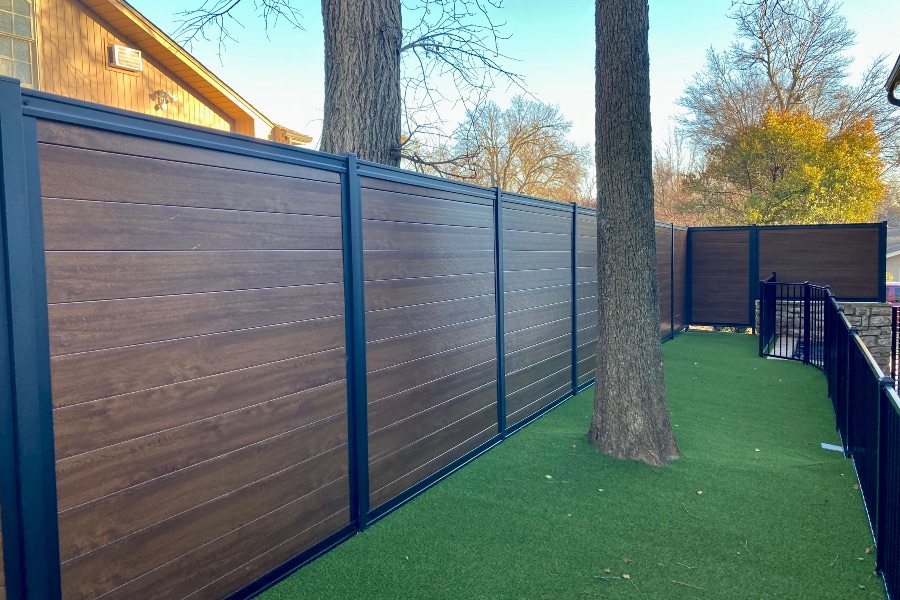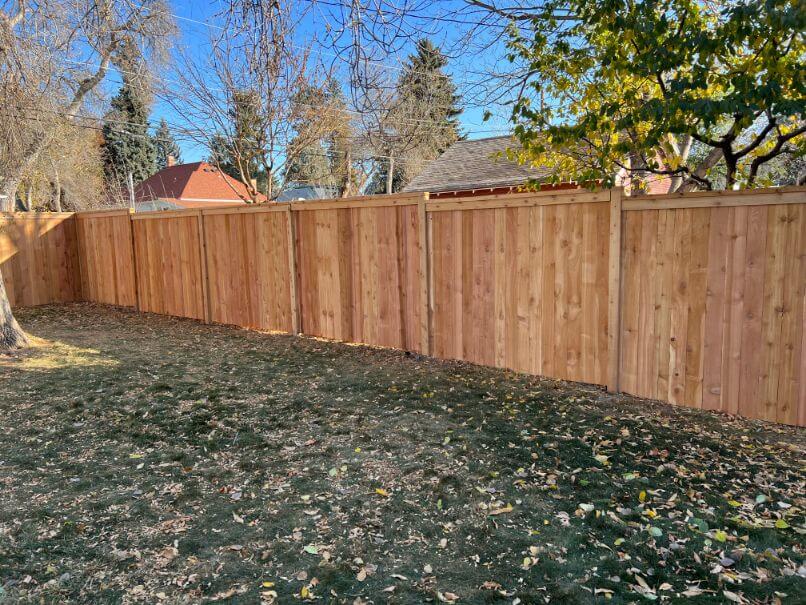All Categories
Featured
Mounting a fencing around your building is a considerable investment that needs proper planning and prep work to make sure a smooth procedure. Whether you're including a fencing for protection, privacy, or visual allure, taking the required steps before setup can assist stay clear of difficulties down the line. Here's an overview on how to prepare your property for fence installment and see to it whatever goes according to plan.
![]()
![]()
![]()
Conclusion. Proper prep work is essential to an effective fence setup. By putting in the time to identify your building lines, clear the installment area, check for below ground energies, and connect with your next-door neighbors, you can guarantee that the procedure goes efficiently and prevent unforeseen issues. With the right preparation, your new fencing will not only enhance your residential property's appearance but also give the protection and privacy you need.
- Know Your Property Boundaries. The initial step in preparing your residential property for fence setup is determining your residential property lines. It's crucial to know where your boundaries are to stay clear of mounting the fencing too near to your neighbor's property or even on their land. To determine your boundaries, examine your home deed, inspect a map from your neighborhood city or area workplace, or employ an expert land surveyor to mark the building lines precisely. By knowing exactly where your land ends and begins, you can stay clear of costly mistakes and prospective disputes with neighbors.

- Understand Neighborhood Regulations and Permits. Prior to starting any kind of job, it's vital to consult your local zoning workplace to recognize any kind of policies or permit needs. Different areas have different guidelines pertaining to fence height, materials, and placement. Fences in front lawns might have restrictions on elevation or exposure, and some materials might be forbidden due to local regulations. You might additionally need to make an application for a structure permit. Make certain to follow all regional policies to stay clear of penalties or having to take the fencing down after setup.
- Clear the Fencing Line. You'll require to remove the location once you have actually determined where the fencing will certainly go. Remove any plant life, trees, rocks, or particles that may block the fencing installation process. If there are overgrown plants, think about trimming or eliminating them to make the location much more available. Clearing the location makes sure that the fencing setup can continue immediately and helps to avoid damages to plants you might intend to maintain. If the fence line is on sloped or uneven ground, consider whether any kind of grading or progressing is needed.
- Mark Underground Utilities. Prior to you start excavating blog post holes, check for any kind of underground energies such as water pipes, gas lines, or electric cables. Going into these utilities can be pricey and unsafe. Numerous locations have a "phone call prior to you dig" service that can mark the places of underground lines for cost-free. Call your regional energy companies to make sure that no below ground energies will conflict with your fencing installation. This step will aid protect against crashes and hold-ups throughout the setup procedure.
- Review with Next-door neighbors. Installing a fence on a shared property line or near a neighbor's building needs open interaction to avoid problems. Talk about the fence's location, height, design, and products, particularly if the fencing will be on or near a border line.

- Select the Right Fencing Type and Material. Picking the right kind and product for your fencing is a vital action in planning for installment. Think about factors like the objective of the fence (personal privacy, safety and security, appearances), local climate condition, and the amount of maintenance you're willing to do. Usual products include wood, chain, light weight aluminum, and vinyl web link, each offering distinct benefits. As an example, wood fences provide a natural aesthetic yet require even more maintenance than plastic or light weight aluminum options. Take time to research which product ideal suits your demands and budget plan.
- Establish a Realistic Spending Plan. If you're working with professionals to set up the fence, ask for estimates from multiple contractors to ensure you're getting a fair price. Variable in the long-lasting upkeep expenses of the fencing to guarantee that the type of fencing you pick fits within your total spending plan.

- Prepare for Installment Day. As installation day strategies, make certain that your building is ready for the job to start. By preparing the location for the crew, you can help ensure that the installment goes as smoothly and successfully as feasible.
Conclusion. Proper prep work is essential to an effective fence setup. By putting in the time to identify your building lines, clear the installment area, check for below ground energies, and connect with your next-door neighbors, you can guarantee that the procedure goes efficiently and prevent unforeseen issues. With the right preparation, your new fencing will not only enhance your residential property's appearance but also give the protection and privacy you need.
Latest Posts
Simple And Easy Coin Conversion with Coinstar and WyHy Federal Lending Institution
Published Apr 30, 25
1 min read
Why Timber Fence from Washington Fencing
Published Apr 30, 25
1 min read
Game Time & Success: Pleased Hour at Fanatics Sportsbook
Published Apr 30, 25
1 min read